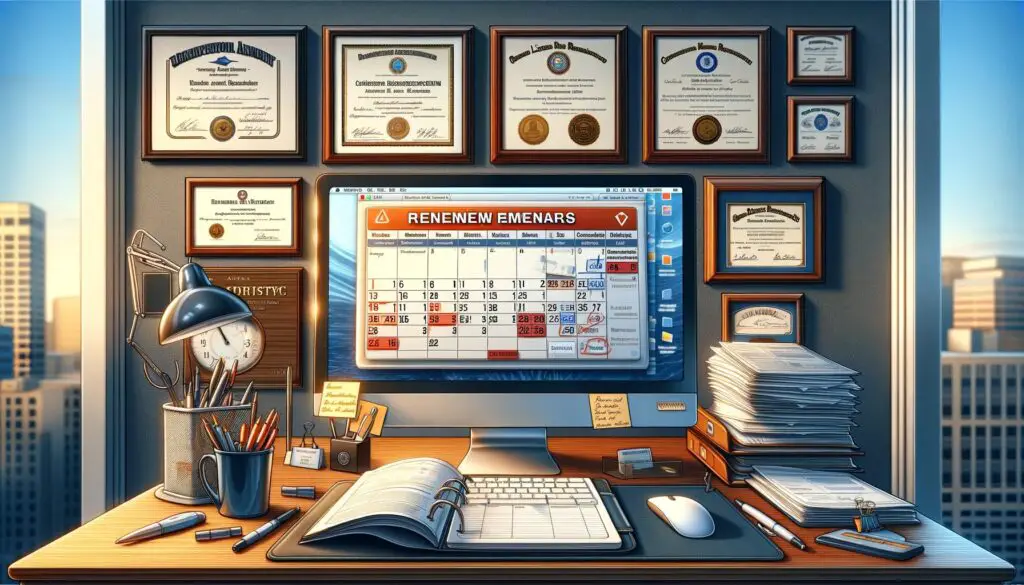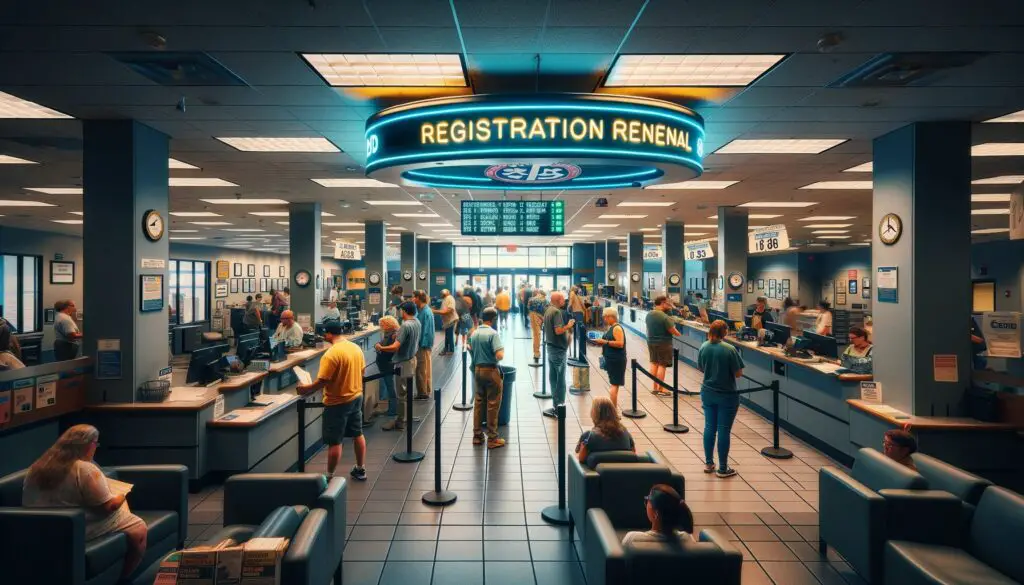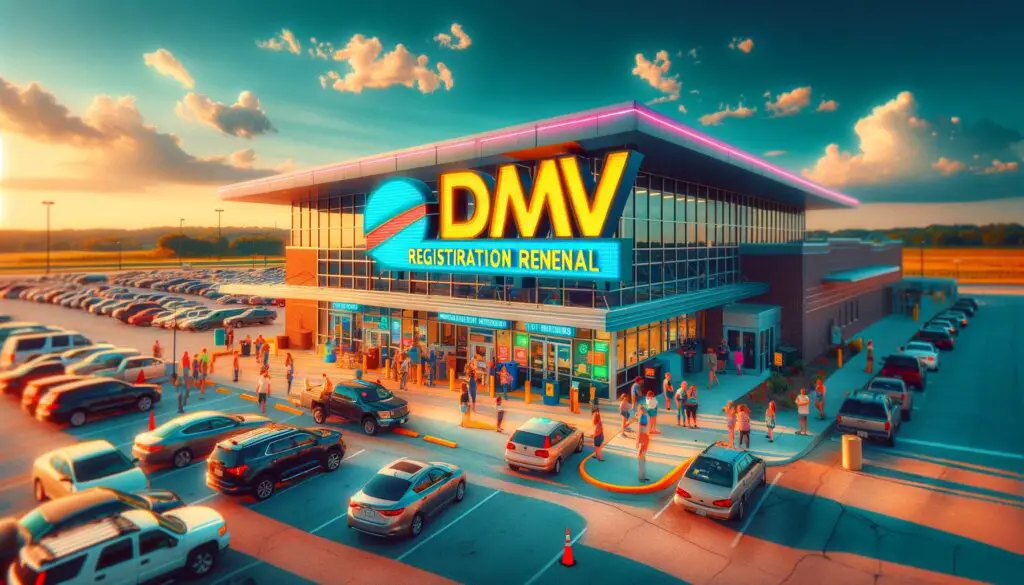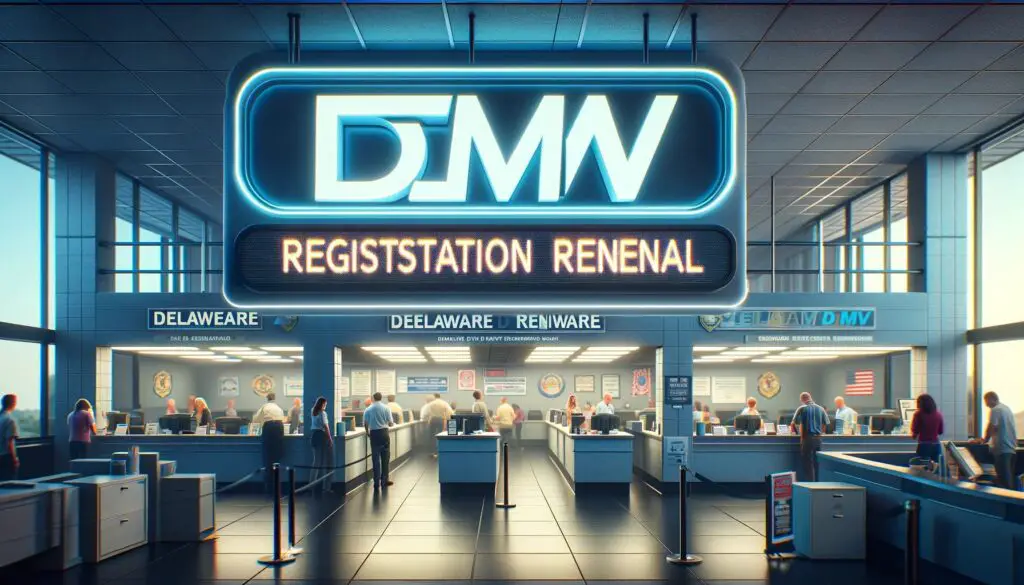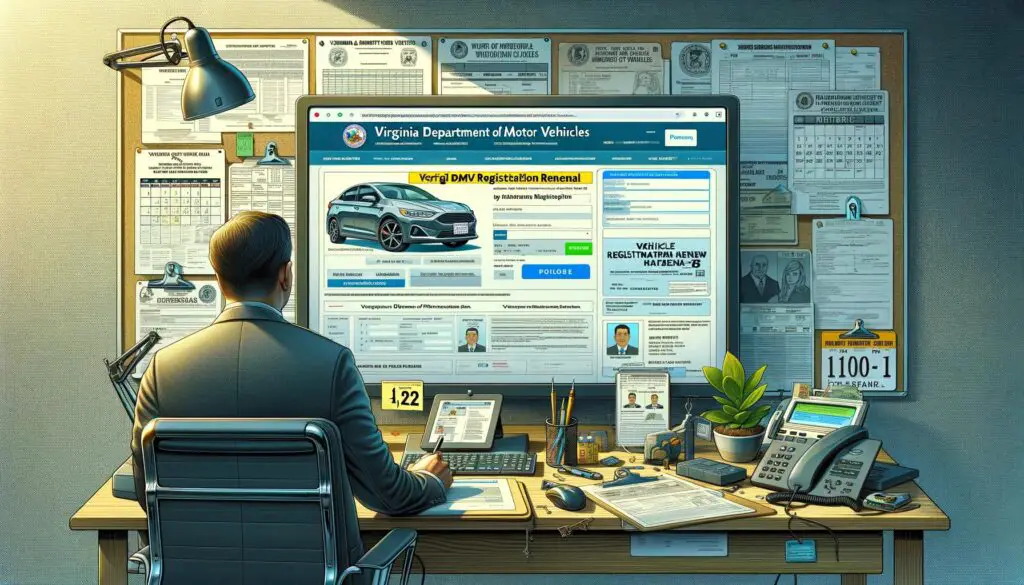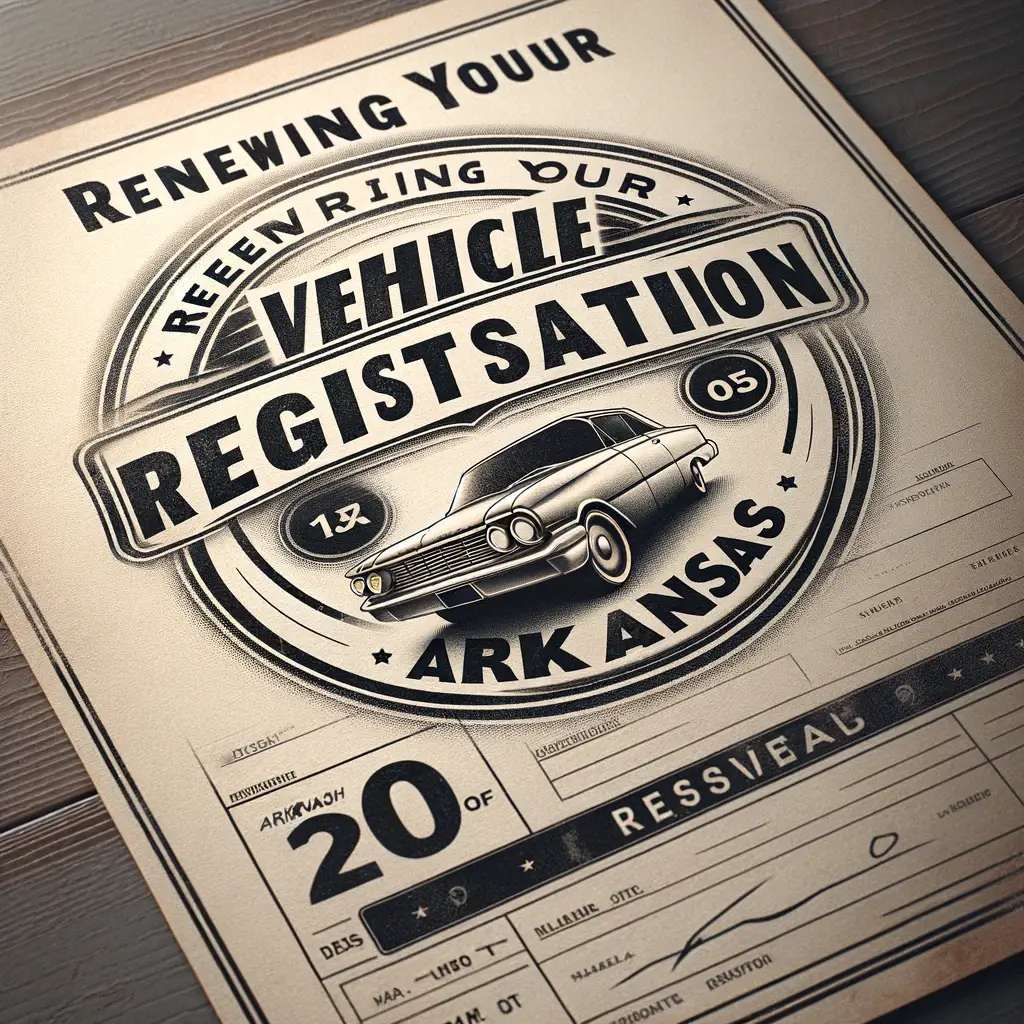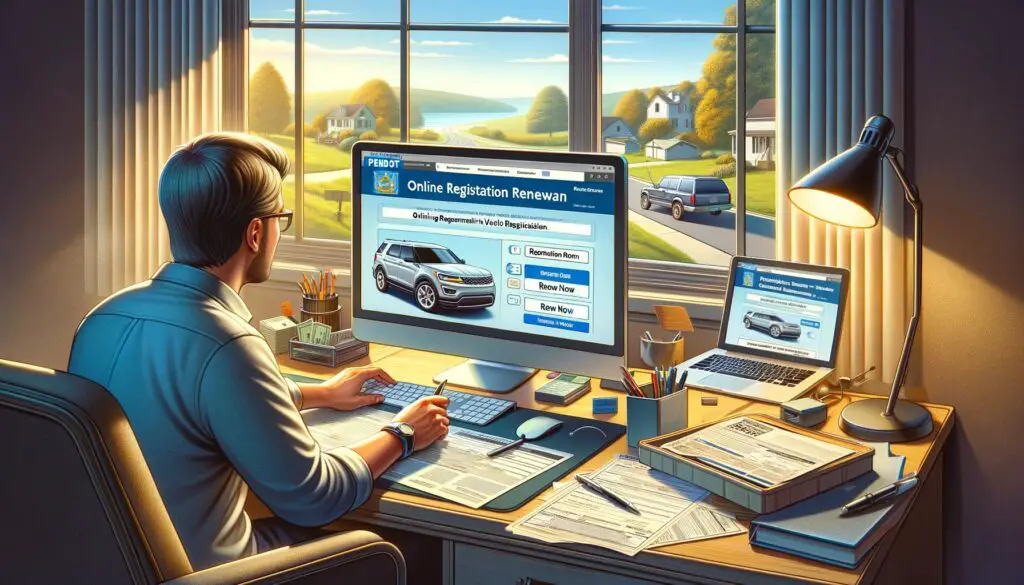Renewing your California DMV registration doesn’t have to be a daunting task. By following a few simple steps, you can ensure that your vehicle remains legally registered. Here’s a comprehensive guide on how to renew your California DMV registration, along with some additional information and tips to make the process easier.
Understanding California DMV Registration Renewal
Before diving into the renewal process, let’s first understand who needs to renew their registration. If you own a car, motorcycle, truck, trailer, or any other type of vehicle that operates on California roads, you are required to renew your registration. Failure to do so can result in penalties, such as late fees or even the suspension of your driving privileges.
The registration renewal period in California varies depending on your specific situation, but it generally occurs annually. However, it’s important to note that some vehicles, such as commercial vehicles or vehicles with special permits, may have different renewal periods.
Online Registration Renewal Process
Renewing your registration online is the most convenient option available to California vehicle owners. Follow these simple steps to complete the process:
- Create a DMV online account: Start by creating an account on the official California DMV website. This will allow you to access online services, including registration renewal.
- Provide necessary information: Enter the required information, such as your vehicle identification number (VIN), license plate number, and insurance details. Make sure to provide accurate and up-to-date information to avoid any issues.
- Payment options and fees: Choose your preferred payment method, such as credit card or electronic check, and pay the registration renewal fee. The fee amount depends on factors like vehicle type and weight.
- Confirmation and receipt: Once you have completed the payment, you will receive a confirmation and receipt. Print a copy for your records, as well as the temporary registration if provided.
In-Person Registration Renewal Process
If you prefer to handle your registration renewal in person or if online renewal is not an option for you, you can visit a local DMV office. Follow these steps for in-person registration renewal:
- Locate a nearby DMV office: Use the DMV website or call their customer service to find the nearest DMV office to your location.
- Required documents for in-person renewal: Gather the necessary documents, including your current registration card, proof of insurance, and any additional documentation requested by the DMV.
- Completing the renewal form: Obtain the registration renewal form at the DMV office or download it from their website. Fill out the form accurately, providing all the required information.
- Payment methods accepted at DMV offices: DMV offices typically accept various forms of payment, such as cash, credit cards, and checks. Check with your specific DMV office to ensure you have the correct payment method.
- Confirmation and receipt: After submitting the form and payment, you will receive a confirmation of your registration renewal. Keep this confirmation for your records.
Mail-In Registration Renewal Process
For those who prefer the traditional mail-in method, follow these steps for registration renewal:
- Obtaining the renewal form: The DMV will mail you a registration renewal notice containing the necessary form. If you didn’t receive the notice, you can download the form from the DMV website or visit a local DMV office to request one.
- Filling out the form accurately: Carefully complete the renewal form, ensuring that all the required information is provided accurately. Include your payment for the renewal fee as well.
- Including necessary supporting documents: Check the renewal notice or the DMV website for any additional documents required to be included with the form. This may include proof of insurance or a smog check certificate.
- Mailing the renewal form and payment: Once you have completed the form and gathered the necessary documents, mail them to the address specified on the renewal notice. It’s advisable to send it well in advance of the expiration date to allow for processing time.
- Confirmation and receipt: After processing your renewal, the DMV will mail you a confirmation of your registration renewal. Keep this confirmation for your records.
Step By Step Process
Step 1: Gather Your Documents
Before you begin the registration renewal process, make sure you have the following documents handy:
- Your current driver’s license or identification card.
- Proof of vehicle insurance.
- Your vehicle’s license plate number.
- The last 5 digits of your vehicle’s VIN (Vehicle Identification Number).
- Your current address.
Having these documents readily available will save you time and ensure a smooth renewal process.
Step 2: Choose a Renewal Method
California DMV provides multiple methods to renew your registration. Choose the one that suits you best:
- Online: Visit the California DMV website and follow the instructions for online registration renewal. This method is convenient and allows you to complete the process from the comfort of your own home.
- By Mail: Request a renewal form from the California DMV or download it from their website. Fill out the form, enclose the required documents, and mail it along with your payment to the address provided. Ensure that you allow sufficient time for processing and delivery.
- By Phone: Call the California DMV at 1-800-777-0133 and provide the necessary information to renew your registration over the phone. Be prepared to make a payment using a credit card or electronic check.
- In Person: If you prefer face-to-face interaction or need assistance, you can visit a local California DMV office to renew your registration in person. Bring the required documents, complete the necessary forms, and make the payment at the office.
Step 3: Pay the Renewal Fee
The renewal fee for your California DMV registration depends on various factors, such as the type of vehicle you own and the duration of the registration. To determine the exact amount, refer to the California DMV website or consult the renewal notice you received by mail.
Ensure that you have a valid payment method available, such as a credit card, debit card, check, or money order, to cover the renewal fee. The DMV accepts different payment methods depending on the chosen renewal method.
Step 4: Receive Your New Registration
Once you have successfully completed the renewal process and paid the required fee, the California DMV will process your request. Your new registration documents, including the registration card and sticker, will be mailed to you within a few weeks.
If you choose to renew your registration online or by phone, you may have the option to print a temporary registration document that you can use until your official documents arrive.
Additional Tips for Renewing Your California DMV Registration
Here are some additional pieces of information and tips to help you navigate the registration renewal process:
- Early Renewal: You can renew your registration up to 60 days before it expires. Renewing early allows you to avoid any potential delays or late fees.
- Late Renewal: If your registration expires, you can still renew it. However, be aware that you will be charged a late fee in addition to the standard renewal fee.
- Extended Registration: In some cases, you can renew your registration for up to 2 years at a time. This can be beneficial if you prefer to minimize the frequency of the renewal process.
- Address Update: If you have changed your address, make sure to update it with the California DMV within 30 days. Keeping your address up to date is crucial for receiving important renewal notices and documents.
Renewing your California DMV registration is a vital responsibility as a vehicle owner. By following these steps and staying informed, you can ensure that your vehicle remains legally registered and avoid any unnecessary complications or penalties.
Tips for Smooth Registration Renewal
To ensure a smooth registration renewal process, consider the following tips:
- Maintain up-to-date contact information with the DMV to receive timely renewal notices.
- Keep track of renewal deadlines and set reminders to avoid missing them.
- Understand the registration renewal fees and potential penalties for late renewal.
- If you have multiple vehicles, consider renewing them simultaneously to streamline the process.
Benefits of Timely Registration Renewal
Timely registration renewal offers several advantages:
- Avoiding potential fines and penalties for driving with an expired registration.
- Maintaining legal compliance and ensuring your vehicle is properly registered.
- Having valid proof of ownership and insurance while driving.
- Accessing DMV services and benefits that may require valid registration.
Common Mistakes to Avoid
When renewing your registration, be mindful of these common mistakes:
- Incorrectly filling out the renewal form, leading to delays or processing errors.
- Providing outdated or inaccurate information, which may result in incorrect registration details.
- Ignoring renewal notices and missing the deadline, leading to penalties and potential registration suspension.
- Neglecting to update personal information, such as address changes, which can cause delivery issues with renewal notices.
FAQ
1. What is the California DMV Registration Renewal process?
The California DMV Registration Renewal process refers to the procedure of renewing your vehicle’s registration with the California Department of Motor Vehicles. It is mandatory to renew your registration on time to ensure that your vehicle remains legally registered in the state of California.
Important information:
- Registration renewal can be done online, by mail, or in person at a DMV office.
- You will need your vehicle’s license plate number, last five digits of the vehicle identification number (VIN), and current registration card or renewal notice.
- Renewal fees vary depending on factors such as the vehicle’s weight, year, and type.
2. When should I renew my vehicle registration?
It is important to renew your vehicle registration before it expires to avoid any penalties or legal consequences. The renewal period begins approximately 60 days before the registration expiration date.
Important information:
- The DMV sends a renewal notice by mail around 60 days before the expiration date.
- You have a 30-day grace period after the expiration date to renew your registration without any penalties.
- If you fail to renew your registration within the grace period, additional fees may be imposed, and you may need to visit a DMV office to complete the renewal process.
3. What documents do I need to renew my vehicle registration?
To renew your vehicle registration in California, you will need certain documents to complete the process smoothly.
Important information:
- You will need your vehicle’s license plate number and the last five digits of the vehicle identification number (VIN).
- It is recommended to have your current registration card or renewal notice, as it contains important information required for the renewal.
- If you are renewing in person at a DMV office, you may need to provide additional identification documents such as a driver’s license or identification card.
4. Can I renew my vehicle registration online?
Yes, the California DMV provides an online renewal service for eligible vehicles.
Important information:
- Online renewal is available for most vehicles, including cars, trucks, motorcycles, trailers, and recreational vehicles.
- You can renew your registration online if you have received a renewal notice with a Renewal Identification Number (RIN) or have your license plate number and last five digits of the VIN.
- Online renewal requires a valid credit or debit card to pay the renewal fees.
5. How much does it cost to renew my vehicle registration?
The cost of renewing your vehicle registration in California varies based on several factors, including the vehicle’s weight, year, and type.
Important information:
- The registration renewal fee for most non-commercial vehicles is calculated based on the vehicle’s weight and ranges from $30 to $60.
- Additional fees may apply, such as a county/district fee, vehicle license fee, and California Highway Patrol fee.
- Some special vehicles, such as motorcycles, have different fee structures. It is best to refer to the DMV website or contact them directly for accurate fee information.
Read Also : Louisiana DMV Registration Renew
This is not the end but if you are a resident in California and are operating your vehicle even after your registration is expired or your vehicle is found parked anywhere in the city then you have to immediately submit the registration fee along with the penalty fee of that whole year. This is the reason why you need to renew your vehicle’s registration for going anywhere without hindrances.
you can also visit official Website https://www.dmv.ca.gov/portal/vehicle-registration/vehicle-registration-renewal/


